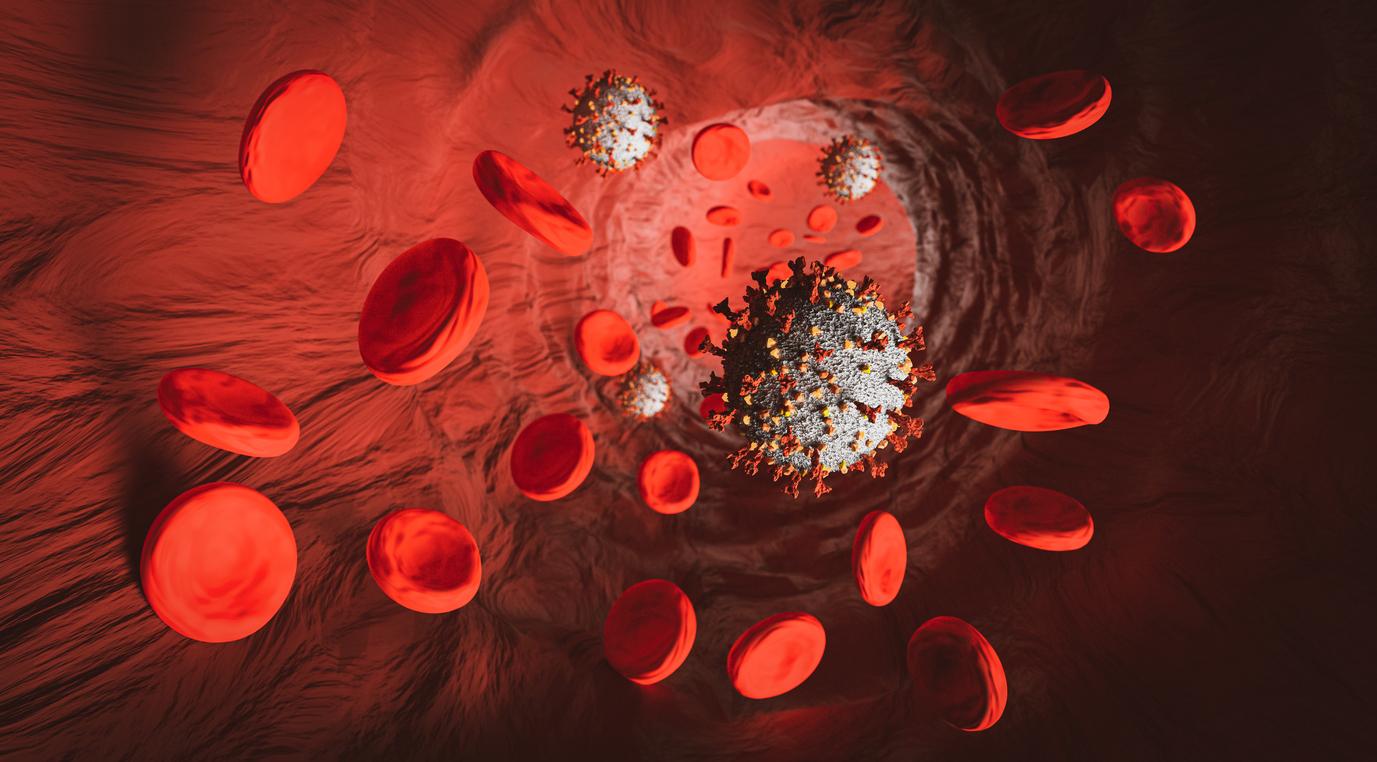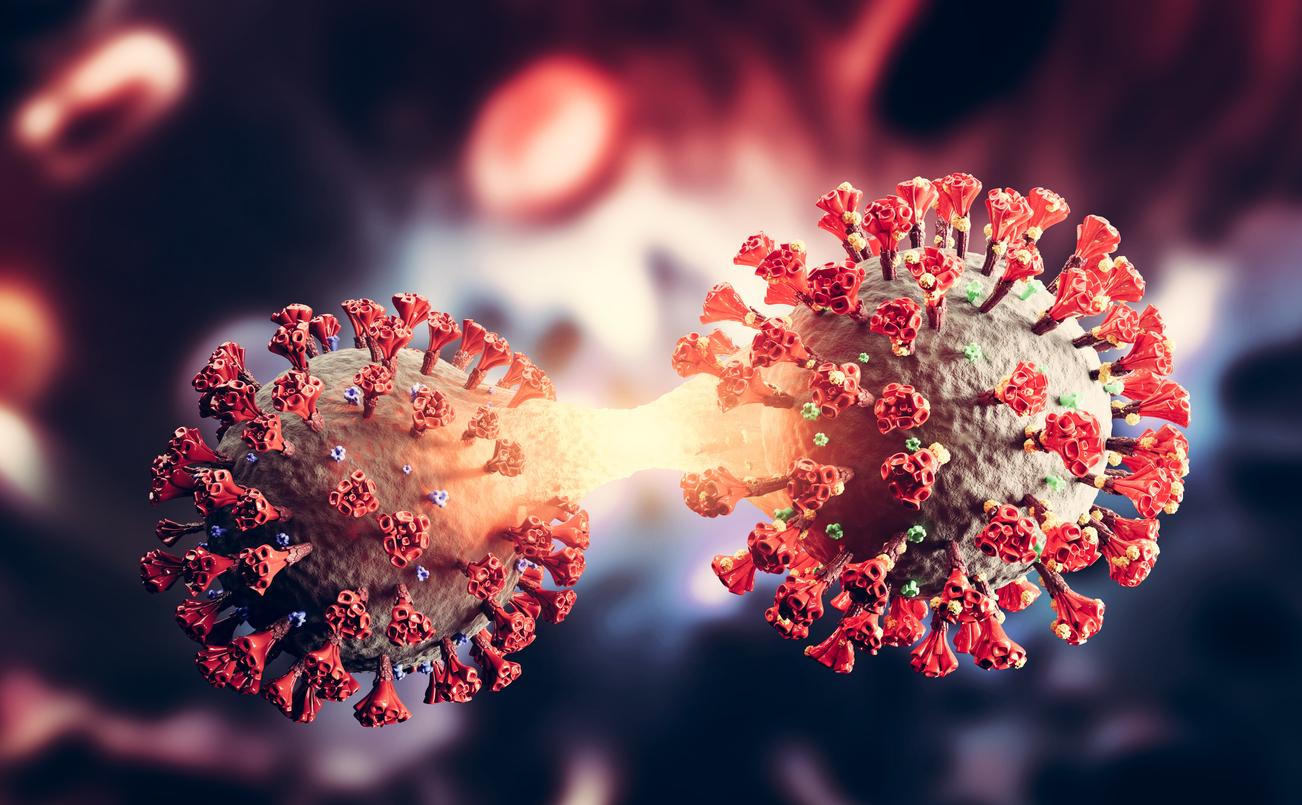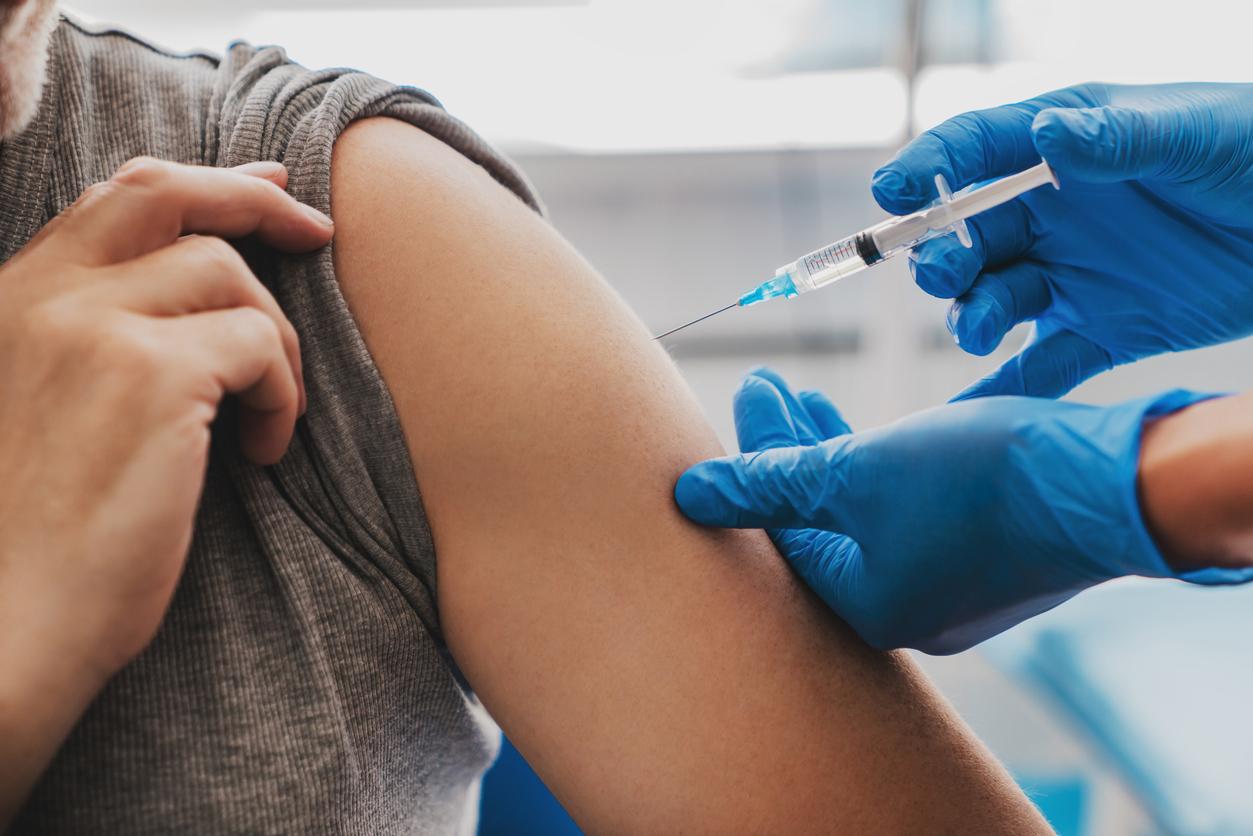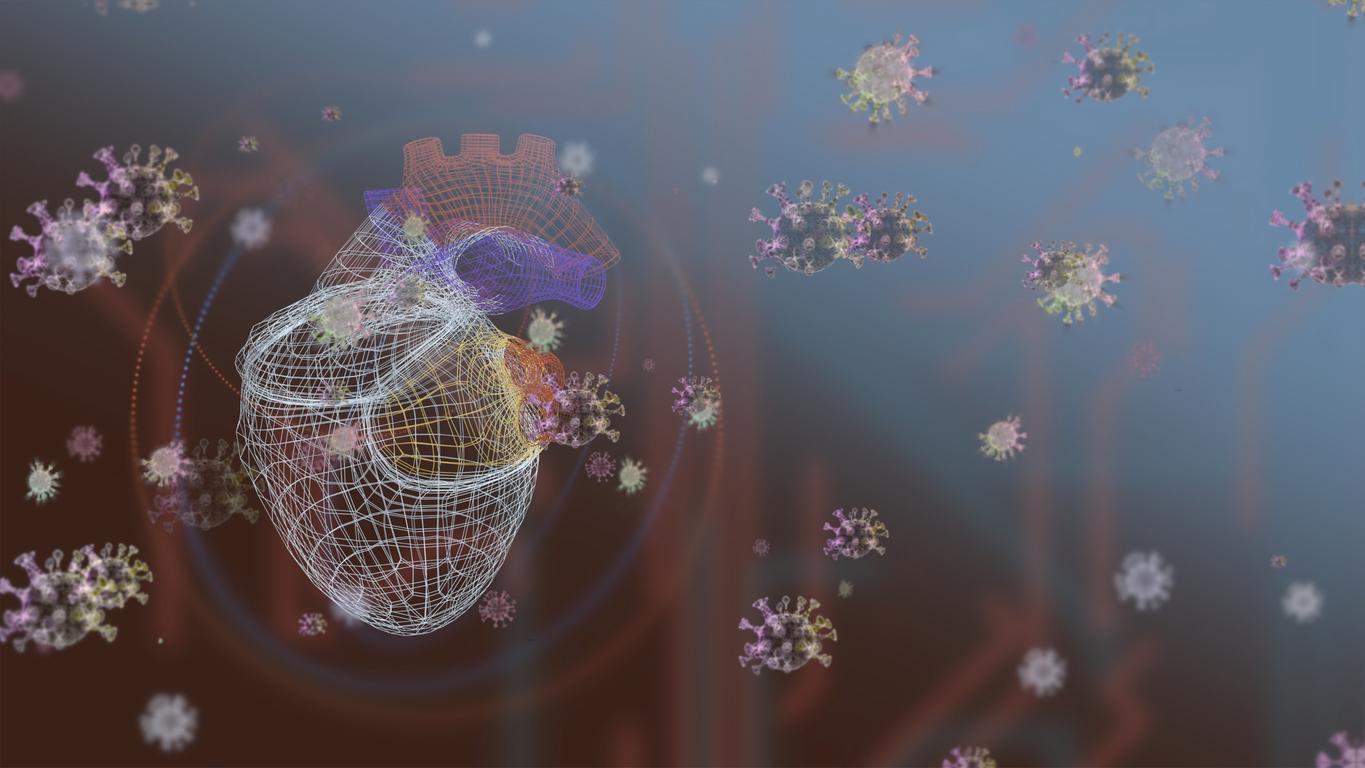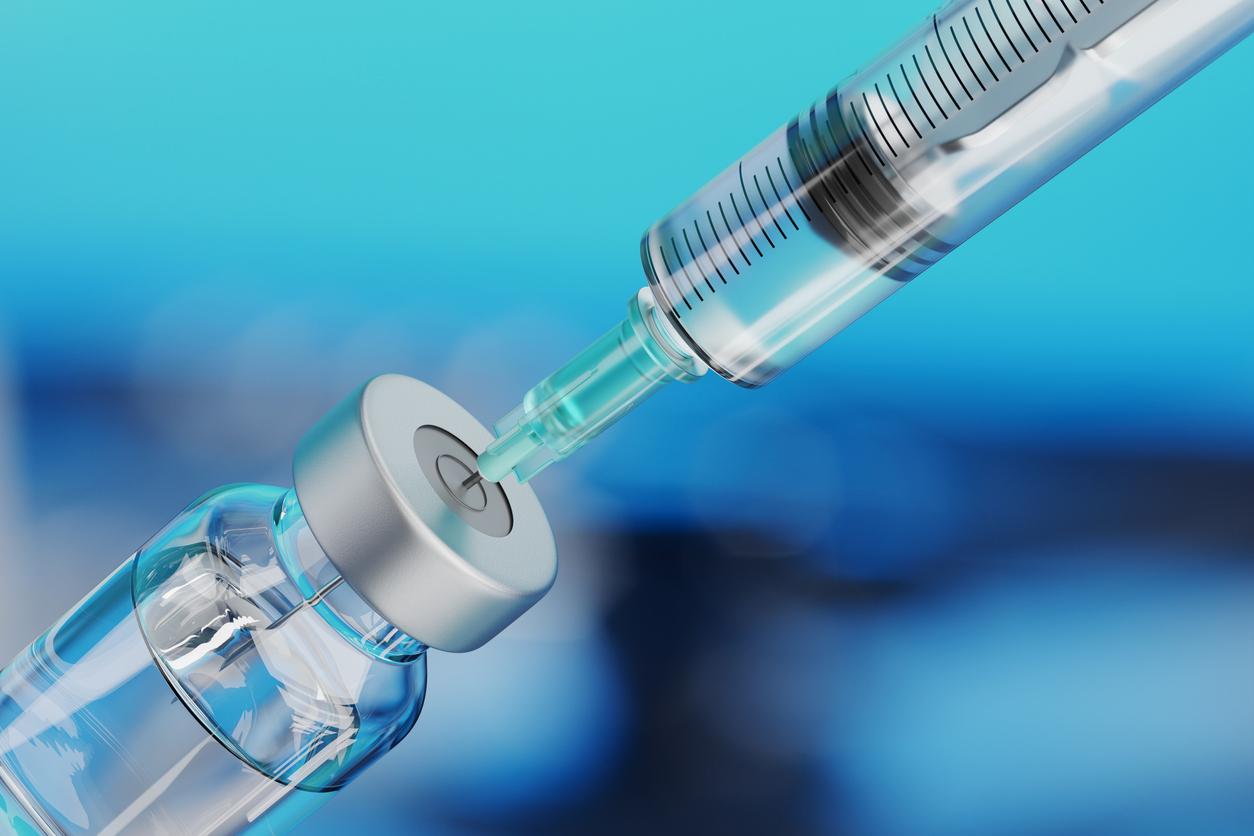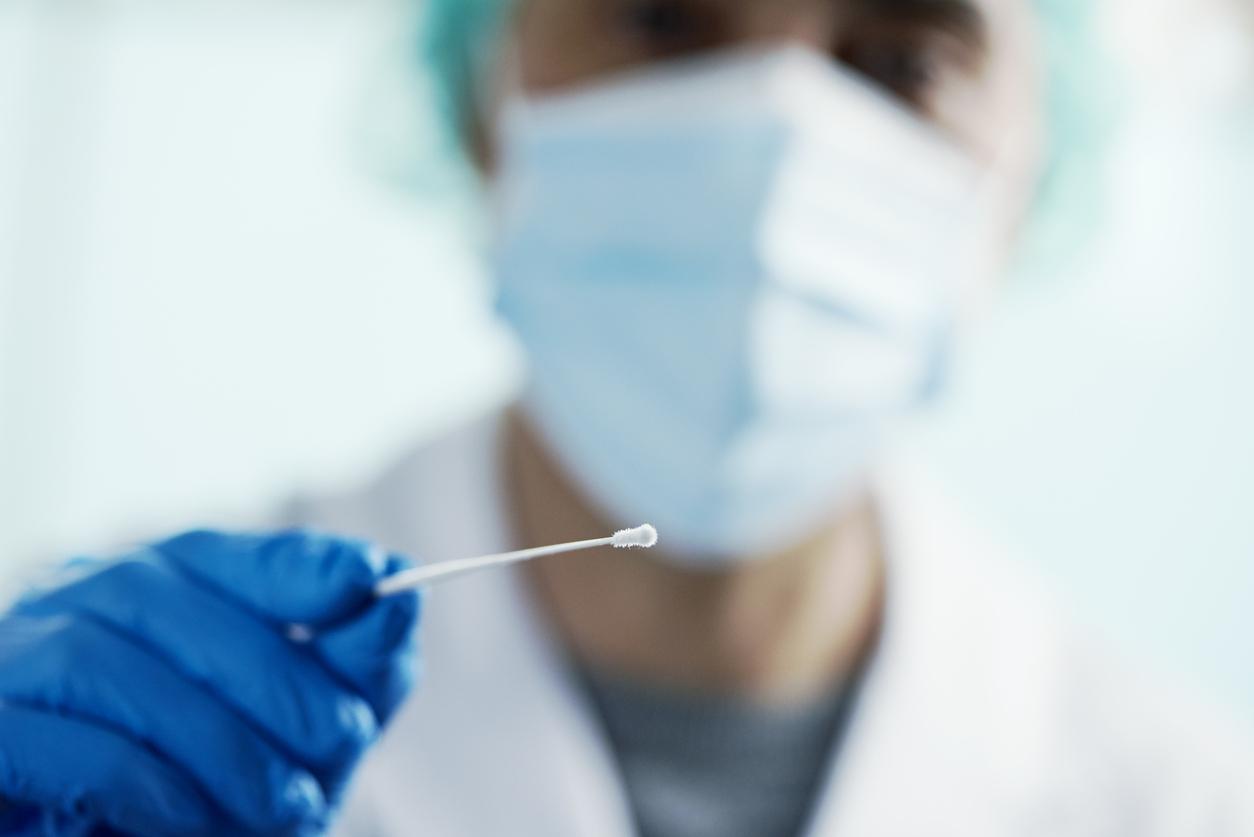The postilion, composed of droplets containing Covid-19 in infected people, is the main vector of transmission of the coronavirus.
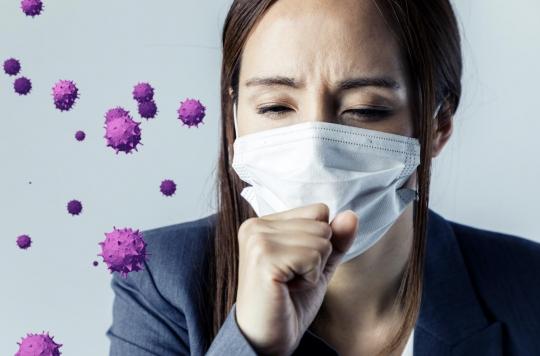
- Droplets evacuated by coughing or sneezing are important vectors of contamination
- The presence of the virus also in the air has been noted by several studies
- Wearing a protective mask is strongly recommended
SARS-CoV-2, like the flu or colds, is transmitted by air, by postillions which become the lethal weapon of the coronavirus. It is through him that the Covid-19 is transmitted mainly between two people. When someone who is infected speaks, coughs or sneezes, they eject microugettelets which, if inhaled by the other person, will infect them. The latter can also be deposited on a surface and transmit the virus by this means.
Two modes of transmission between people
The coronavirus is transmitted mainly through the mucous membranes of the mouth and nose. SARS-CoV-2 is an RNA filament that enters a cell to reproduce and infect others. It then goes to the cells of the respiratory tract where it produces virions, infectious viral particles. When an infected person coughs or sneezes, they “expectorates a swarm of postilions which are all missiles carrying the virions conceived within the respiratory system”describes François Renaud, a biologist specializing in infectious diseases at Futura Science. The other mode of transmission of the virus is by hand, that is to say through a surface on which the infected droplet is deposited.
The big unknown in this transmission is the lifespan of infected aerosol droplets. After a sneeze, the virus can be caused to remain suspended in particularly small droplets (5 micrometers). In practice, what prevents a droplet from remaining in suspension is gravity. It is estimated that a droplet ends up on average falling on the ground two meters further than its expulsion zone. However, by evaporation, droplets can be brought to remain in suspension.
At least two hours in the air
In the United States, the Academy of Sciences recently explained that transmission is by bioaerosols, and no longer only by droplets projected directly on the face or surfaces. In a study, researchers from the University of Nebraska notably found portions of the genetic code of the virus in the air expelled by people infected with Covid-19. “They found virus RNA after two hours. It is not known, however, if he was still infectious. This question of the presence of the virus in aerosols is essential, that would mean that it would float in the air and even come out through the nose; we have to wait for other scientific studies to find out”underlines Christophe Bécavin, specialist in the mechanisms of entry of the virus into the body at Futura Science.
The best protection weapon against the virus and its transmission is wearing a mask which must cover the mouth and nose. “It is necessary to start from the most unfavorable hypothesispleads Dr. Rochoy, co-initiator of the collective ‘Stop sputtering. Even confined, people go out to do their shopping, they talk to each other and it is not always possible for them to respect the distances. Anti-spray screens (masks and visors) help retain droplets; the virus will stay inside and protect others.” In addition to the mask, respect for barrier gestures is important, in particular sneezing into your elbow to avoid releasing many sputters.
This simulation demonstrates how sneezes travel through the air and why it’s better to sneeze into your elbow. (via @ScienceMag) pic.twitter.com/Fb1MjGEcSB
— Bruno Guglielminetti (@Guglielminetti) April 2, 2020
.









